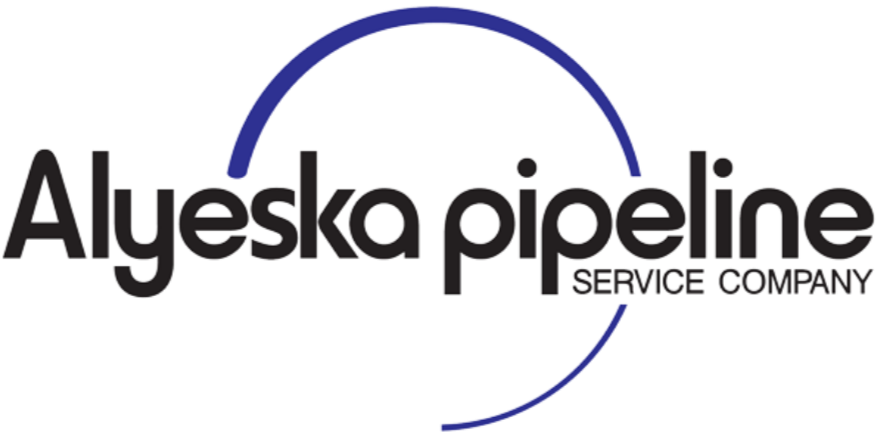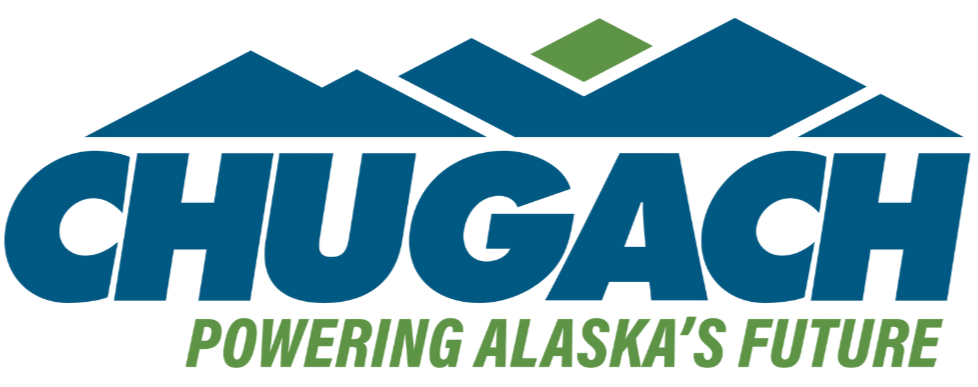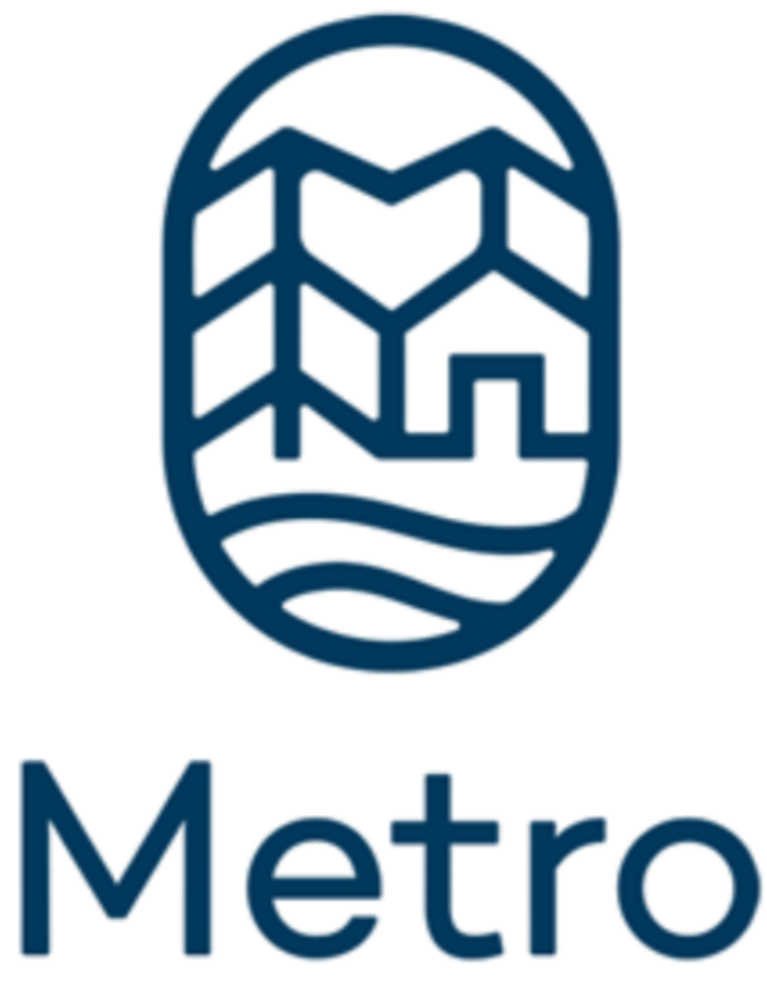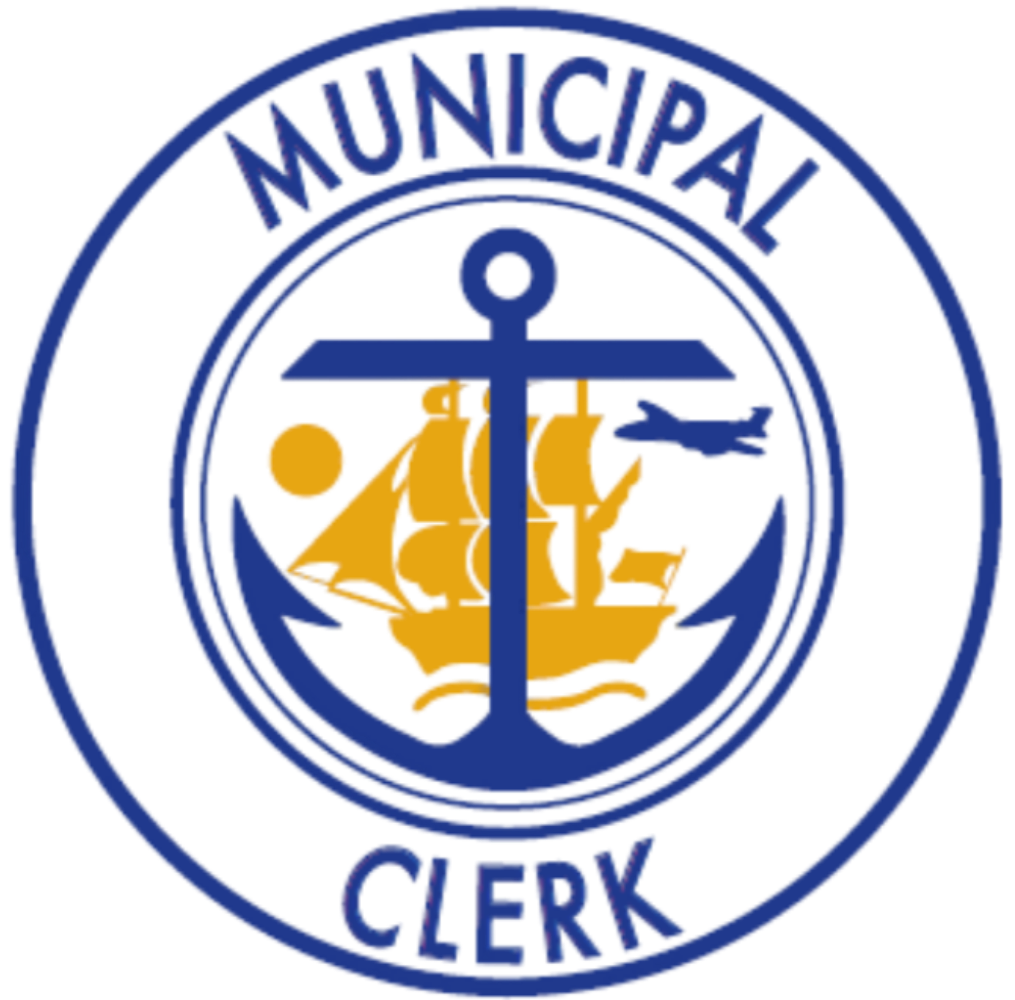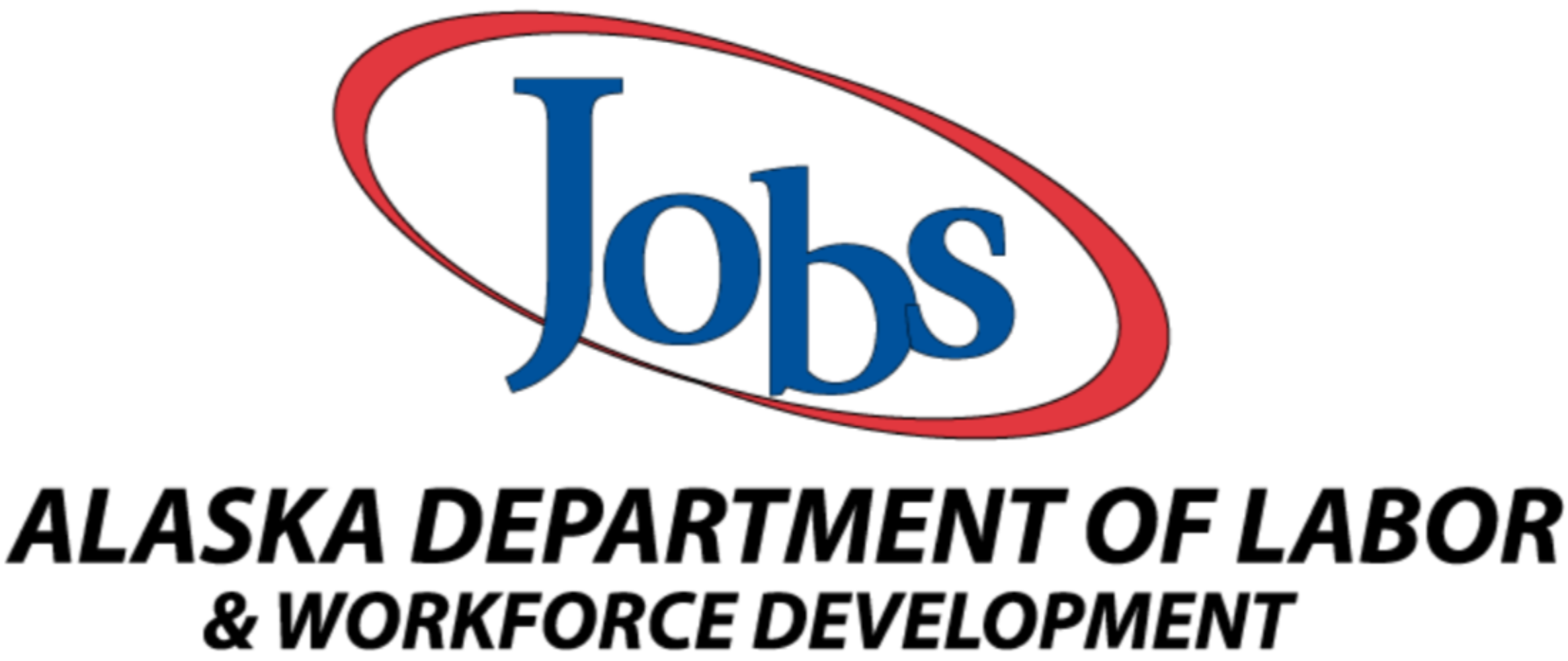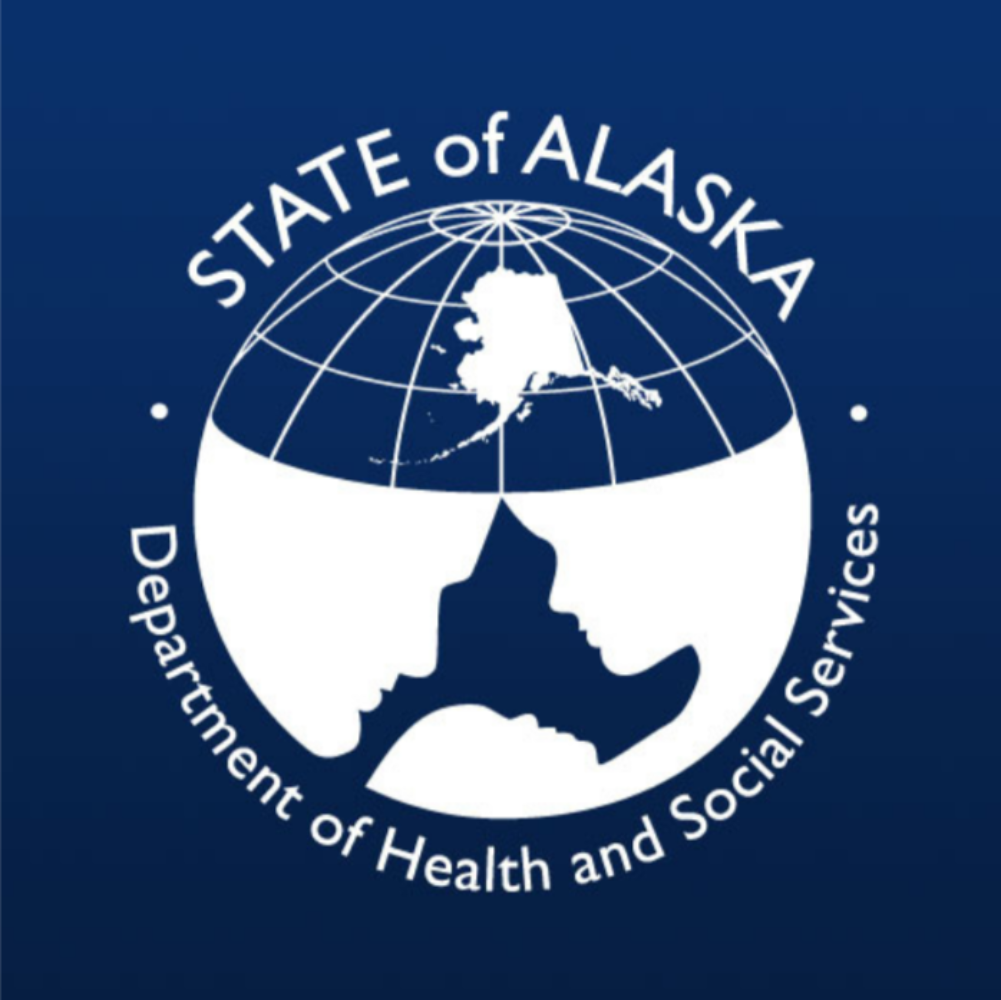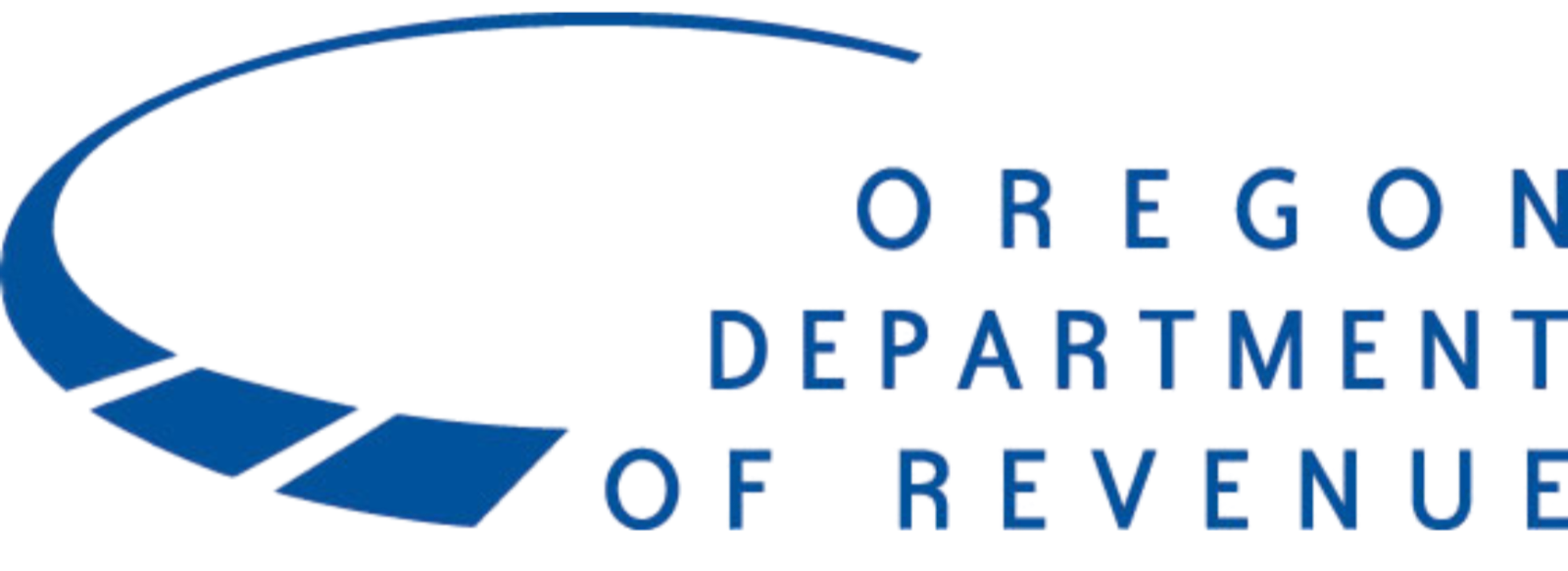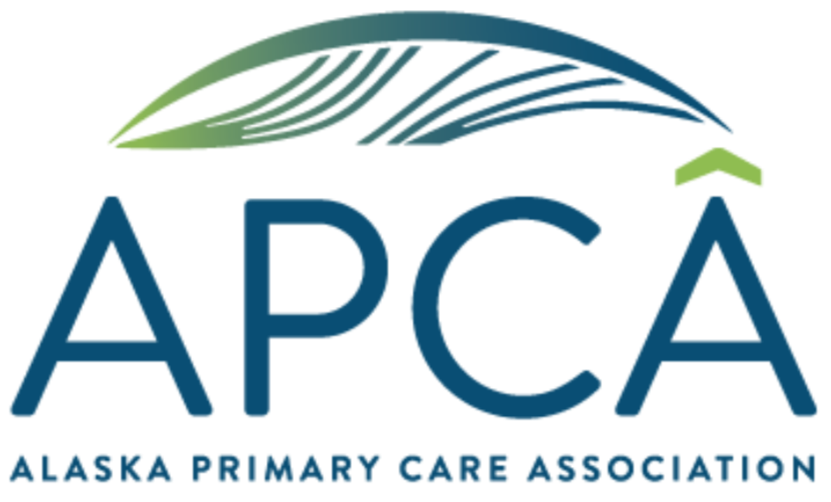Expertise
From Ambiguity to Clarity.
Implement with Confidence.
Business Analysis connects vision to execution. It’s more than gathering requirements. It’s modeling processes, validating solutions, defining reporting needs, identifying automation opportunities, and planning UAT. Together, these disciplines provide the evidence and structure behind every decision. The result is more than a plan. It’s confidence your investments will deliver measurable value. Discover the full range of our Business Analysis expertise below.
Requirements Elicitation
Strong delivery begins with clarity. We partner with stakeholders to translate needs into clear, testable requirements that reflect both business goals and technical constraints. Interviews, workflow mapping, and user stories help capture how teams operate today and what must change. As requirements take shape, priorities become easier to negotiate, and delivery teams can plan reliably. The result is fewer misunderstandings, steadier scope, and a backlog that guides design, testing, and development with accuracy.

Process Modeling and Reengineering
Processes often evolve informally. We make them visible. By mapping current workflows and analyzing where delays, errors, or duplications occur, we reveal how work truly moves through the organization. Future-state design introduces structure, governance, and opportunities for automation These models give leaders a practical path to improvements and give teams a clearer view of how their roles contribute to better performance. Redesign core processes to cut waste, lower risk, and improve customer and employee experience—even as the business grows.
Fit-Gap Analysis & Solution Validation
Before funding or customizing a solution, it is essential to understand whether it genuinely fits. We compare requirements to system capabilities and validate assumptions through demos and sandbox trials. Both functional and nonfunctional needs such as integration, performance, and security, are evaluated. This reduces risk and helps organizations commit to a solution with a grounded understanding of what will work as-is, what needs configuration, and where changes could introduce unnecessary complexity. Confirm a solution’s fit before committing budget, timelines, or customization.

Data & Reporting Requirements Definition
Reliable reporting begins with consistent definitions and transparent data flows. We work with stakeholders to identify the metrics they rely on, the sources that feed them, and the constraints that shape how data must be handled. Lineage mapping and compliance reviews ensure accuracy and trust in the final outputs. Once requirements are clear, reporting teams build with confidence and leaders make decisions using information they know is complete and traceable.
Automation Opportunity Assessment
Automation adds value when it targets the right work. We assess candidates by examining volume, variability, exceptions, and data readiness. Opportunities with strong potential move into small, focused proofs of concept where scalability and governance are validated. Control maps, maintenance plans, and change-impact assessments result in automation grounded in evidence, with measurable ROI and a roadmap to implementation. Invest in automation aligned to real business outcomes, rather than pursuing costly ideas with limited benefits.

UAT Strategy, Planning & Facilitation
User acceptance testing validates not only whether a system works but whether it works for the people who rely on it. We design UAT programs that link scenarios directly to requirements, define roles and readiness criteria, and prepare environments and data so testers can work without friction. Facilitation ensures issues are triaged quickly and findings remain transparent. The result is a launch with fewer surprises, faster adoption, and fewer production issues after cutover.
Our Clients
Hundreds of clients. Thousands of analysis projects.



“My expectations were greatly exceeded by what was produced. I learned so much about our own processes that I didn’t know before. After taking my supervisor through the deliverable prepared by Resource Data, she was blown away. I am positively convinced that this was the right decision to work with Resource Data.”
Mike Condardo, Systems Manager, Program Operations, Puget Sound Educational Service District

Washington Traffic Safety Commission
Transforming How Law Enforcement Captures and Shares Data
The Washington State Patrol and Washington Traffic Safety Commission worked to modernize how law enforcement officers capture and share data in the field. Their system for recording collisions, citations, and reports, known as the Statewide Electronic Collision and Ticket Online Records (SECTOR) system, had become increasingly complex, with growing maintenance needs and a backlog of change requests.
Resource Data supported the state across multiple phases to modernize SECTOR, combining technical insight with structured project management to keep complex initiatives on track. The team facilitated requirements workshops, evaluated system architecture and vendor options, and coordinated collaboration among law enforcement, courts, and transportation agencies. Business analysts also conducted extensive field research—riding along and shadowing at more than 20 agencies statewide—to gain firsthand experience of reporting and interagency workflows.
These efforts guided enhancements such as electronic DUI packet and impound form functionality and GPS-based mapping for precise accident and citation locations. The improved system now issues tickets in about 30 seconds, increases data accuracy across agencies, and serves as a reliable, efficient platform supporting statewide public safety operations.

Oregon Liquor and Cannabis Commission
Setting the Standard for Oregon’s First Seed-to-Sale Tracking System
Oregon’s Liquor and Cannabis Commission needed a reliable way to manage its rapidly expanding recreational marijuana program. The agency was implementing a statewide seed-to-sale tracking system to while also coordinating parallel work on a new licensing system. Ensuring both systems worked together and met Oregon’s legislative requirements demanded structured analysis, clear documentation, and disciplined oversight.
Resource Data partnered with the program as an independent analysis and integration guide, helping the team define business needs, clarify deliverables, and align both systems to support enforcement, auditing, and regulatory reporting. The work began with a detailed business needs assessment and expanded to include requirements analysis, cross-system integration planning, and full user acceptance testing.
The resulting Cannabis Tracking System, built on the Metrc COTS platform, became the first project in Oregon to complete the full Enterprise Information Systems Stage Gate Review process. The commission now operates with clearer governance, stronger vendor accountability, and a dependable foundation for regulating the state’s marijuana industry.

Chugach Electric Association
Unifying Customer Operations for Alaska’s Largest Utility Merger
Anchorage’s Chugach Electric Association purchased Municipal Light & Power (ML&P), creating a complex merger of Alaska’s two largest electric utilities. Chugach needed to combine ML&P’s Customer Service Department with its own Member Services Department while keeping billing, credit and collections, meter reading, and customer support running without interruption.
Resource Data helped define how the unified operation should function and identified the system updates required to support it. The work aligned operational planning with the technical changes needed for integrated operations, including converting ML&P customer data into Chugach-ready formats and preparing the customer information system, reporting tools, meter management system, and online portal for combined use. This foundation provided a clear roadmap for training, testing, and vendor coordination, keeping all activities aligned with merger milestones.
With this support, the merged utility launched unified customer service operations on schedule, enabling incoming ML&P staff to transition smoothly and ensuring continuous, reliable service for Anchorage.

Puget Sound Educational Service District
Designing a Unified Data Strategy for a Statewide Education Network
An educational service district supports 35 school districts and nearly 40 percent of the state’s K–12 students. With such a broad footprint, the organization relied on numerous program-specific systems, each holding its own data and workflows. Over time, this patchwork created duplication, slowed reporting, and made it difficult to maintain consistent information across programs.
The district sought a clearer path forward and a vision for what a unified environment could deliver. Resource Data began by examining how data and processes functioned in practice, revealing where fragmentation created operational strain. Using those insights, the team developed future-state models and mapped data flows to illustrate how a centralized enterprise system could streamline work and strengthen reporting.
The effort gave the district a concrete roadmap: defined processes, aligned data models, and a validated direction for a custom enterprise solution. With this foundation, the organization was ready to move toward a system that reduces manual effort, improves reporting accuracy, and allows staff to focus more time on supporting students and families.

Washington Department of Agriculture
Turning Complex Pesticide Licensing Workflows into an Integrated Digital System
The Washington State Department of Agriculture oversees licensing and compliance programs that support thousands of growers, applicators, and businesses statewide. Its decades-old pesticide licensing and recertification system, heavily reliant on paper forms and manual entry, struggled to keep up with the volume of more than 30,000 annual renewals and the program’s expanding responsibilities.
Resource Data worked with program staff to document current processes, uncover pain points, and translate complex rules into clear requirements for a modern digital platform. Analysts mapped workflows, defined needed integrations, and collaborated closely with developers to ensure the redesigned system reflected real operational needs. Rapid prototyping and iterative review helped refine features, strengthen data quality, and eliminate redundant tasks.
The resulting platform replaced manual workflows with automated, integrated processes that improve accuracy, streamline renewals, and reduce staff workload. With a stronger technical foundation and a scalable design, the department is better positioned to support Washington’s agricultural community and evolve the system as licensing needs grow.

Major Oil and Gas Company
Aligning Information Workflows for Safer Operations
An international Oil and Gas exploration and production company relied on engineering data and documents spread across multiple systems, teams, and contractors. Over time, this fragmentation made it difficult to trace and verify information essential for process safety, regulatory compliance, and ongoing maintenance across several Alaska business units. These gaps increased operational risk and slowed work for engineering, procurement, development, and operations teams.
Resource Data served as the client’s Information Management Coordination function, bringing structure and accountability to how engineering information was captured, stored, and delivered. The work defined authoritative storage locations, clarified long-term data requirements, and aligned document formats, metadata, and workflows with the client’s management-of-change processes. These standards supported the implementation of an Electronic Document Management System and a SharePoint-based extranet integrated with asset management systems. Training and ongoing oversight reinforced the new practices and supported consistent adoption.
With these processes and tools in place, the client improved traceability, reduced errors, sped retrieval, and strengthened compliance across its Alaska assets.
Real-World Solutions
Clarity That Modernization Demands.
Modernization exposes hidden data gaps and reporting risks. We bring them to light—linking systems, metrics, and outcomes that you can trust. The result: accurate reports, accountable change, and a modern data foundation ready for growth.
Trusted Reporting
Data Lineage to Reporting Requirements
Prove your reports are complete, accurate, and audit-ready by tracing every metric to its source before making changes or new builds. Resource Data translates reporting needs into clear specifications, mapping each KPI to its data fields and systems while documenting lineage from source to pipeline to dashboard. When gaps appear, we define and track fixes across definitions, logic, ownership, and controls. The result: build-ready specs, lineage diagrams, and a verified audit trail that increases confidence and reduces rework.
Verified Coverage
Test Suite Coverage to Requirement Sets
Verify every requirement before release. It is critical that you link your test suite to clear, numbered requirements, creating an auditable chain from acceptance criteria to manual and automated tests. Our experts help you refine traceability matrices, apply risk-based coverage, and align tools such as Jira, ADO, TestRail, and Zephyr so each story, test, and defect connects cleanly. Gaps trigger new test cases or clarified requirements; redundancies are removed. The result: coverage dashboards, lean regression packs, and faster, defect-free release approvals.
Traceable Releases
Code-to-Requirement Traceability Matrices
It can be critical that every code change ties directly to a business requirement. Traceability includes maps that connect user stories and acceptance criteria to commits, branches, and releases—with tests serving as the bridge. We integrate Jira or ADO, Git, and test tools to automate links in pipelines and expose gaps on dashboards. When misalignments appear, requirements or tests are adjusted to close them. The outcome: audit-ready traceability, faster root-cause analysis, and safer releases coupled with accountability.
System Discovery
Visually Map Undocumented Systems for Modernization
Reduce modernization risk by mapping undocumented systems before making changes. Our experts run short discovery sprints to map applications, integrations, batch jobs, and data stores. Using traffic analysis, log and table reviews, light scans, and expert interviews, we capture how work flows—along with ownership, service levels, and weak points. Deliverables include system maps, critical-path dependencies, and impact views tied to potential migrations. Clear next steps follow—retire, refactor, or migrate—supported by a fix list to minimize surprises.



Ariel Gibson
Service Area Lead, IT Business Consulting
Ariel’s impressive resume spans over 20 years in information technology and project management. During her 10 years as a leader within Resource Data, she has risen from a senior project manager to shareholder, to director of sales and marketing, and Juneau Director.
She received her MBA from the University of Alaska and has earned certifications for project management, organizational change management, Scrum Master, and ITIL. She is a proven leader, experienced in managing change while remaining results- and employee-focused.













